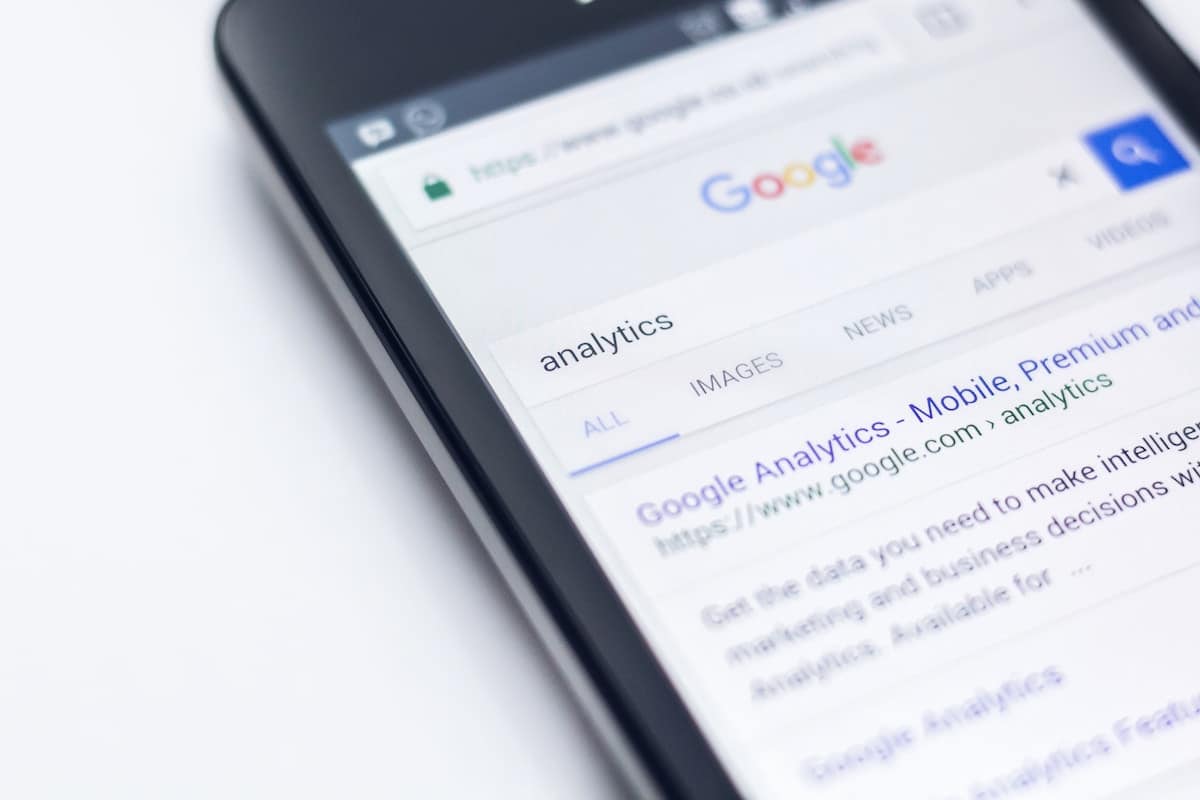
SEO
SEO Case Study #6: Branded Down; Unbranded Up
March 18, 2018
In this SEO case study, we look at the consequences of rankings on slow-down of other marketing channels.
Learn More
In 2018, Google released a new Ads interface. It made it easier for business owners to navigate and added some useful features to manage and optimise campaigns better.
When you first log in, you’ll see the new account overview. This is much more visual than the previous versions and as a result, much easier to understand (if you want to learn about the basics of PPC, read the following Synapse Search post). The previous metrics are mostly all there still, just renamed or in different places. You can still see words in recent searches and most viewed ads. The whole design has an emphasis on UX, with beautiful expanding menus and lots of easily-understandable colourful data representations.
The improved user design means it’s far easier for a business to see and understand what ads are performing so that better and faster decisions can be made to optimise the ads. It also provides metrics that are segmented with recommended actions, so users are focused on what’s actually important, and not getting bogged down and lost in data changes that will have no real impact.
The new interface provides recommendations to optimise campaigns based on actual performance and goals. You can also allow Adwords to automate optimisations with just a few clicks. So rather than just being provided with a heap of data, it’s made easy to digest and act on.
‘All recommendations’ gives you a series of actionable steps that will help your ads reach their goals. Because the data is so granular, you can drill down and make small steps that will lead to better outcomes.
You can create custom dashboards that ensure you’re seeing the data that matters to you. While the standard dashboard has been fine-tuned to help you interpret performance and identify high-level trends, if you want specific data, you can make it so.
This helps you to understand not just the data, but the underlying reasons why these results are happening. From there, it’s easier to create strategies to up your Adwords game.
This tab contains robust data which is easily viewable in graphic form. You can create bar charts that show whatever needs to be shown- the days of the week your customer access your site most, conversions, almost anything you want. You do have to manually change the date on these reports, but otherwise are pretty much hands-off once they are set up.
This also means you can check out other data- what time your users see your site, what devices they use, search terms in word clouds… it makes your data analysis far easier.
Managing your bids can be one of the more challenging aspects of Adwords. If you have active adjustments in one way, at five different levels in four different places… it’s the stuff that keeps you up at night. The new Google Ads allows you to adjust your bids from the SERP and target certain actions.
You’ll also be able to decouple mobile and desktop bids. This allows more flexibility to target your customers better.
While this functionality has always been there, now it’s a lot easier to create demographic combinations. While the old Adwords offered age and gender demographics, this was pretty much the only option, and the results were binary. Now, you can apply gender and age demographics to show you which age and gender group are performing well (like males 25-34 years) and who isn’t. This has wider implications for your whole sales strategy if you find your intended market is not buying your product.
You can also target household income and parental status too, adding more flexibility to target exactly your audience. The parental status is a huge step for child-centric businesses but also places like car yards and real estate agencies who target families.
The next generation of ‘local ads’ are ads appearing within Google Maps, both the app and desktop. Advertisers can have brands, logos and offers appearing directly in the map. With a billion Google Maps users and increased use of location-based services (a third of all searches!), to get customers, you need to have your business listed on Google.
In the past, Google Ads had sidebars with ads on the right-hand side of search results. They have scrapped these and text ads have been given more space. You can have two 30-character headlines instead of one 25-character headline. This can increase your click-through rate by 25%. The right words make a huge difference!
So, someone searched for you online and then walked into your store. Other than asking them how they found you, there’s no way of knowing…. Until Google stepped in. They look at the person’s phone history to see if they walked into your store. Is your advertising worth it? You’re about to find out.
While you learn the new layout, be patient with yourself. Take your time, go through the learning videos, and make adjustments as needed. There are still extra functionalities coming, like promotion extensions and remarketing audiences and price extensions. Enjoy the added functionality and use it to create increased sales!
If you need help running your Google Ads, then let us know. Email us on [email protected].

SEO
In this SEO case study, we look at the consequences of rankings on slow-down of other marketing channels.
Learn More
Facebook, Marketing, Social Media
I used to not really care what happened to my Facebook data, or much of my data. Now, that's changing.
Learn More
SEO
This is what can happen if you don't manage a new site migration well.
Learn More